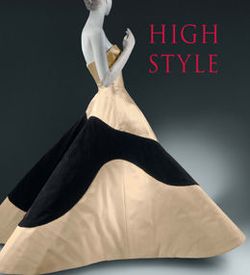Hat
Designer Sally Victor American
Not on view
During the 1930s, '40s and the early '50s, when hats were considered required accessories for well-dressed women, Sally Victor was among the foremost American milliners. Creative and very successful for almost 40 years, Victor began her prolific millinery career in 1927. She was one of the original members of the Edward C. Blum Design Laboratory, and often used the Brooklyn Museum's varied collections to draw inspiration for her designs. She was so connected with the Design Lab that she participated in several collaborative exhibitions and the museum often used her designs in publicity materials to exemplify how the Lab could benefit designers by providing inspiration. Her work is characterized by a special quirkiness that could often be traced back to interesting sources such as Native American tribes, the artist Henri Matisse or Japanese armor. She also combined traditional hat-making materials such as felt and silk with new synthetic materials in unique ways. According to her May 16, 1977 obituary in the "New York Times," Victor described her mission simply as "designing pretty hats that make women look prettier."
A striking, chic form, this design is a fashionable twist on the well-liked snood. The fresh green jersey acts as both a snood at back, but also to attach the crown to the brim, with a sculptural sensibility. The contrast between the red felt and green jersey is stark but also refreshing. The asymmetry lends a modern feel to the design, making the hat a perfect foil to the tailored suits of the period.
This image cannot be enlarged, viewed at full screen, or downloaded.
This artwork is meant to be viewed from right to left. Scroll left to view more.





